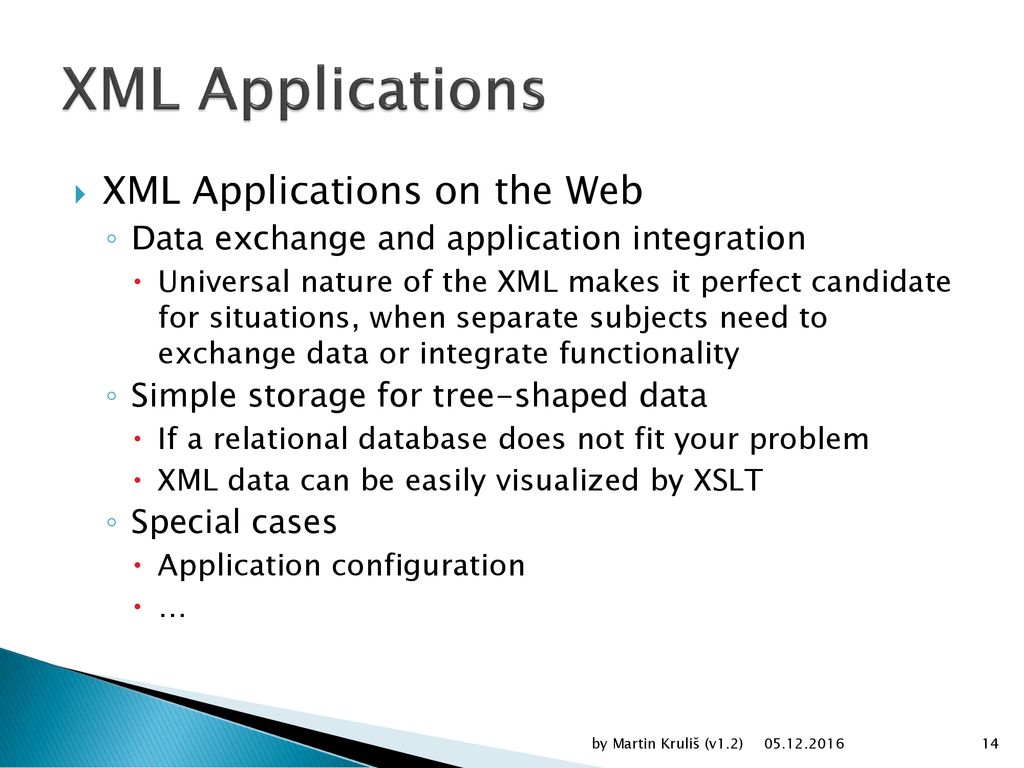XML: The Cornerstone of Data Interchange in Web technology
Extensible Markup Language (XML) stands as a foundational technology in the realm of web development, acting as a versatile and robust method for data representation and exchange. While often overshadowed by its more lightweight cousin, JSON, XML’s structured nature and extensibility continue to make it invaluable in numerous applications. This article delves into the intricacies of XML, exploring its role in web technology, its advantages, disadvantages, and practical applications.
At its core, XML is a markup language that defines a set of rules for encoding documents in a format that is both human-readable and machine-readable. It is designed to be self-descriptive, allowing developers to define custom tags and structures to represent any type of data.

Tags: XML uses tags enclosed in angle brackets (`< >`) to define elements. Tags come in pairs: an opening tag (“) and a closing tag (“).
“`xml

The Hitchhiker’s Guide to the Galaxy
Douglas Adams
1979
Clean Code
Robert C. Martin
2008
“`

XML has played a pivotal role in shaping the landscape of web technology, particularly in data exchange and web services.
XML’s platform-independent nature makes it ideal for exchanging data between different systems. Web services, APIs, and data feeds frequently utilize XML to transmit structured information.
SOAP’s Role in Enterprise Applications
SOAP’s rigid structure and support for various security and transaction features have made it a popular choice for enterprise-level applications where reliability and interoperability are paramount.
WSDL and Service Discovery
WSDL documents facilitate service discovery by providing a standardized way to publish and consume web service metadata.
XML is often used to store configuration data for web applications and servers. Its hierarchical structure allows for organizing complex settings in a clear and structured manner.
Configuration Management with XML
Many frameworks and tools utilize XML for configuration management, providing a flexible and extensible way to customize application behavior.
XML can be used as a data storage format, particularly for semi-structured data. XML databases and XML-enabled relational databases offer features for querying and manipulating XML data.
Platform Independence: XML is platform-independent, meaning it can be used on any operating system or programming language.
XML’s role in data validation
XML schemas (XSD) and Document Type Definitions (DTD) provide a mechanism to validate the structure and content of XML documents, ensuring data integrity.
Verbosity: XML can be verbose, leading to larger file sizes compared to other formats like JSON.
XML’s performance considerations
Parsing large XML files can impact performance, requiring careful consideration of optimization techniques.
While XML has been a cornerstone of data interchange, JSON (JavaScript Object Notation) has gained significant popularity due to its simplicity and lightweight nature.
Syntax: XML uses tags and attributes, while JSON uses key-value pairs and arrays.
JSON’s rise in modern web development
JSON has become the de facto standard for data interchange in modern web applications, particularly with RESTful APIs.
Enterprise Applications: XML’s robust features and support for security and transactions make it suitable for enterprise-level applications.
Web APIs: JSON’s lightweight nature and ease of parsing make it the preferred format for web APIs.
RSS (Really Simple Syndication): RSS feeds, used to distribute web content, are typically formatted in XML.
XML in Data Warehousing
XML can be used to represent and exchange data in data warehousing and business intelligence applications.
XML, despite the rise of JSON, remains a powerful and versatile technology for data representation and exchange. Its structured nature, extensibility, and platform independence make it invaluable in various web technology applications, particularly in enterprise-level systems and document-centric data. While JSON may be preferred for simple data structures and web APIs, XML continues to play a vital role in ensuring interoperability and data integrity. Understanding XML’s strengths and weaknesses enables developers to choose the appropriate format for their specific needs, ensuring efficient and reliable data management in the ever-evolving landscape of web technology.



